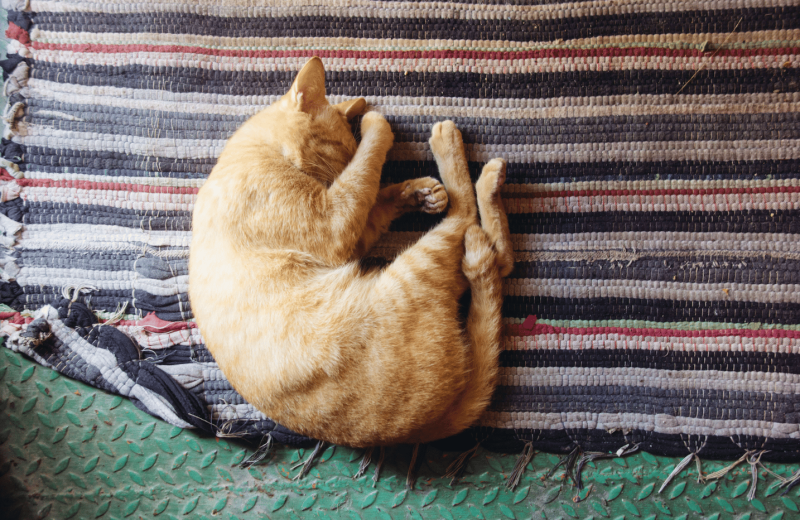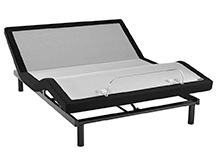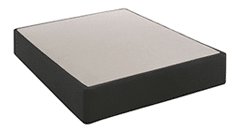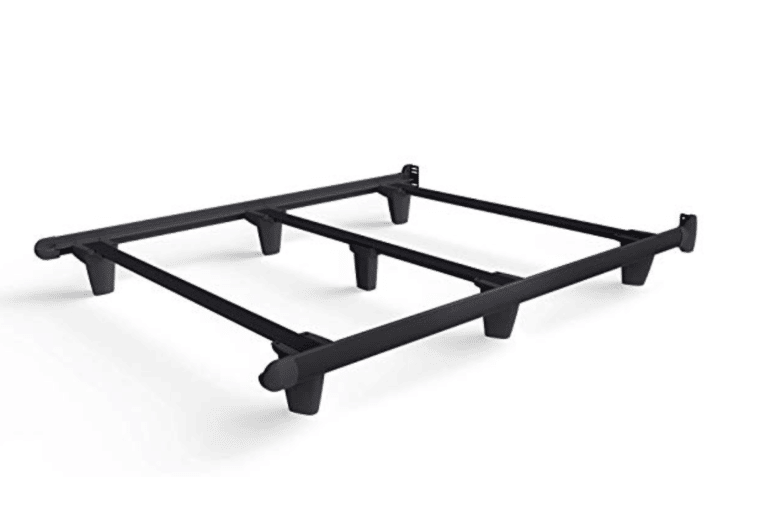
A nice afternoon snooze will refresh you with a boost of motivation that will help you finish your day strong. Naps can stimulate cognitive function, including memory, and energize your mood and performance.
Or will they? Are naps really good for you? TL;DR: It all comes down to executing the right nap strategy. Without it, a nap can lead to feeling groggy for the rest of the day and can make you restless when the time comes to catch some deep Zs at night.
Taking the right approach to napping can give you energy to power through the rest of your day without those heavy eyelids holding you back. Many may wonder, though, how much sleep do you actually need?
Most people aren’t actually getting enough substantial sleep nor the recommended nightly amount. 34% of adults admit to napping during the day.
Ideally, an adult should nap for only about 15 to 30 minutes, or just enough to reach light levels of sleep.
Any longer and you will likely disrupt your natural sleep cycle – the circadian rhythm – which regulates your schedule to help you feel tired when nighttime falls. A long nap, particularly over one hour, has more potential for entering deep sleep stages, which are far more difficult to wake from.

Awakening from deep sleep is somewhat unnatural for the mind and body. Likewise, it is far easier to wake up from a nap while only lightly sleeping, which is why duration matters so much. Napping may be a little more complicated than most have envisioned, but with proper napping strategies, achieving a cozy afternoon catnap can provide benefits to your daily wellness.
While they both can benefit from an afternoon nap, the benefits of a nap for adults versus children are very different. Adults typically take naps to counteract daytime fatigue. Children need naps for growth and brain development. Like adults, napping can also be beneficial to prevent a child from becoming overtired and cranky, even exhausted. A naptime routine is essential in a child’s life to add structure and provide essential downtime that allows for physical and mental growth. Plus, it keeps them (and you) in a better mood.
Drawbacks of napping include the disruption of your regular sleep cycle and circadian rhythm. Naturally, we experience a “dip” in our circadian rhythm that makes us feel tired about halfway through the day. This is because of an innately occurring melatonin release. Also known as the “post-lunch dip,” a slight feeling of tiredness is perfectly healthy and expected in the revolution of a healthy human’s day. Napping just before or during the dip, before it gets too late in the day, will help you avoid disrupting your natural sleep cycle at night.
Sleep inertia is another common occurrence from unsuccessful napping strategies. This is the feeling of waking up foggy and not being able to think straight. This is often caused by sleeping too long during a nap and awakening directly from a deep sleep. That fogginess and weary feeling caused by sleep inertia.
A staggering 50 to 70 million Americans currently have ongoing or chronic sleep issues that napping just simply isn’t going to fix. If you are regularly struggling to find the energy to get through your day, falling asleep often, or otherwise needing to sleep just to simply stay awake, your sleep deprivation may begin to cause unwanted health issues.
Sleep is a crucial pillar in the foundation of our overall wellness, along with diet, appropriate hydration, and exercise. Without these health pillars being well-balanced, many find themselves in a world of hurt from the lack of REM (Rapid Eye Movement) and deep sleep.
Needing naps often, napping too long, or napping too late in the day can increase your sleep debt and deprivation, making it even more difficult for you to get back on track.
If overnapping takes place during the day, you are less likely at night to achieve levels of deep and restorative REM sleep. Deep REM sleep can help you restore or retain memories while the body also recovers from your day. Other prime benefits of deep sleep include:
Achieving deep sleep is critical to our physical and mental health, but also vital to our quality of life and safety. Sleep deprivation often stems from a long-term upset of your sleep cycle that could very well be affected by “bad napping.” Unfortunately, when you consistently sleep during the day and subconsciously sidestep true sleeping at night, your “sleep debt” will increase, and the sloth-like sluggish feeling ensues. Sleep debt more likely puts you on a path to brutal sleep deprivation that can cause chronic sleep problems like:
Other concerning health issues linked to sleep deprivation and chronic sleep disorders like insomnia include:
Overall, having a basic goal-oriented strategy will help you achieve peaceful and restorative naps during the daytime. If you find it difficult to simplify the process to eliminate bad habits or distractions that hinder restful sleep, try these tips to help you be the best napper you can be:

Now that you are all geared up with all the Dos and Don’ts when it comes to an effective afternoon siesta, are you up for putting your napping abilities to the test? Undoubtedly, sleeping for a short time during the day can provide copious advantages that are more beneficial to your health versus another cup of Joe that provides a temporary boost your motivation. Proper napping, now deemed “high-performance napping,” is subjective to the individual and their own sleep routine and habits. You can play around with what works best for you but these tips and insights provide guardrails that will keep you on the path to success.
While you can't go wrong with any of our mattresses, here are a few factors you'll want to consider before making a purchase: your sleep position (and if you have a partner, theirs as well), the size of the space, and a price point. If you have any questions, rest easy knowing that our team is happy to help you find that perfect fit.
| Size | Dimensions |
|---|---|
| Twin | 38″ wide x 75″ long x 9.25″ tall |
| Twin XL | 38″ wide x 80″ long x 9.25″ tall |
| Full | 54″ wide x 75″ long x 9.25″ tall |
| Queen | 60″ wide x 80″ long x 9.25″ tall |
| King | 76″ wide x 80″ long x 9.25″ tall |
| Cal King | 72″ wide x 84″ long x 9.25″ tall |
| Split King (2pk) | 38″ wide x 80″ long x 9.25″ tall |
Mattress World Northwest makes it easy to choose the right foundation for your space and lifestyle.



Reliable support for your boxspring and mattress.
